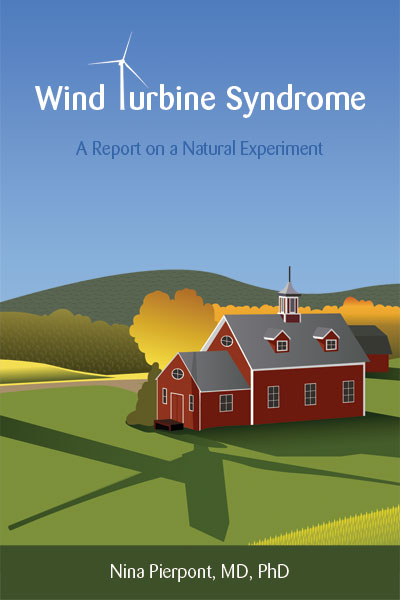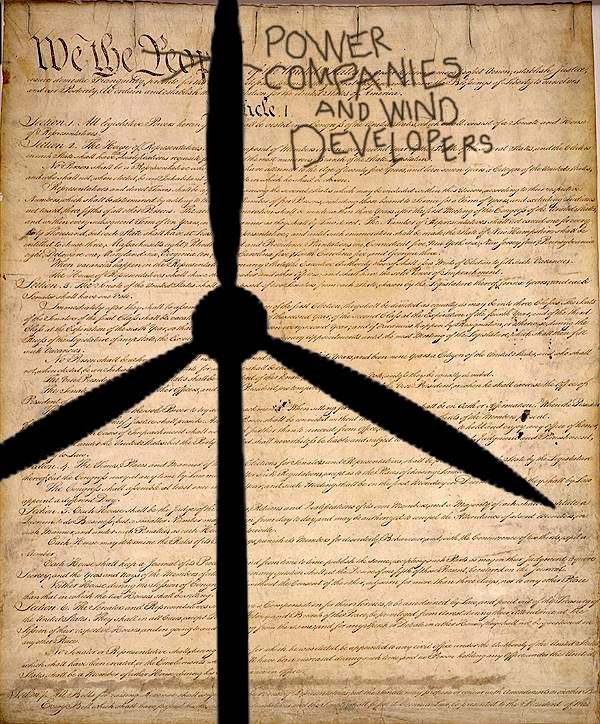Prattsburgh Fiaso Unfolds

Prattsburgh tables eminent domain issue
7/18/08, Prattsburgh, N.Y. - A final vote by the Prattsburgh Town Board on whether to move ahead with eminent domain proceedings is on hold for a week.
The town board agreed Tuesday night to a proposal by town Councilman Steve Kula to try to iron out legal difficulties with two local school districts before voting on the eminent domain issue.
The board will invite representatives from the Prattsburgh and Naples central schools, the Steuben County Industrial Development Agency, and the county to discuss their issues in executive session at 7 p.m. June 24 at the town hall.
Earlier this year, the school districts challenged both an agreement between the town and wind farm developer UPC and a 20-year tax break for the developer provided by SCIDA. UPC has since changed its name to First Wind.
The two districts charge the town agreement was used to reduce payments they should receive through SCIDA’s tax incentive. The districts estimate they will lose a total of $1.6 million in funds they would have received under similar SCIDA agreements.
“I just want to be sure we’re playing from the same playing field,” Kula said later. “I want honesty and openness.”
Representatives of several of the agencies met recently with SCIDA board member and county Legislature Chairman Philip Roche, R-Erwin, but no settlement was reached. First Wind was not asked to attend the meeting.
The town board was poised to vote Tuesday night on condemning portions of roadway owned by seven property owners, a step necessary before eminent domain proceedings can begin. The seven have refused to sign easements allowing First Wind to lay underground electrical transmission cables for the proposed 36-turbine windfarm.
Tempers grew heated at the meeting as residents questioned town Attorney John Leyden about the proceedings.
Leyden said 60 out of 70 written concerns submitted during a recent public comment period had no bearing on whether the roadway should be condemned. Leyden said the comments dealt with the value of the wind farm and not condemnation.
The board will make a decision based on oral comments, 18 exhibits and the written comments, he said.
Ruth Matilsky, an opponent of the project, said Leyden’s explanations added to her confusion.
“I feel like I’m in the Twilight Zone,” she said.
The questions about the proceedings angered one man, who said the seven property owners should be forced to sign.
After words were exchanged between those for and against the issue, town Supervisor Harold McConnell told the opponents they had no right to tell supporters to shut up.
“You people make me sick,” he said, angrily.
by Mary Perham, Corning Leader
Labels: Legal Issues, New York






